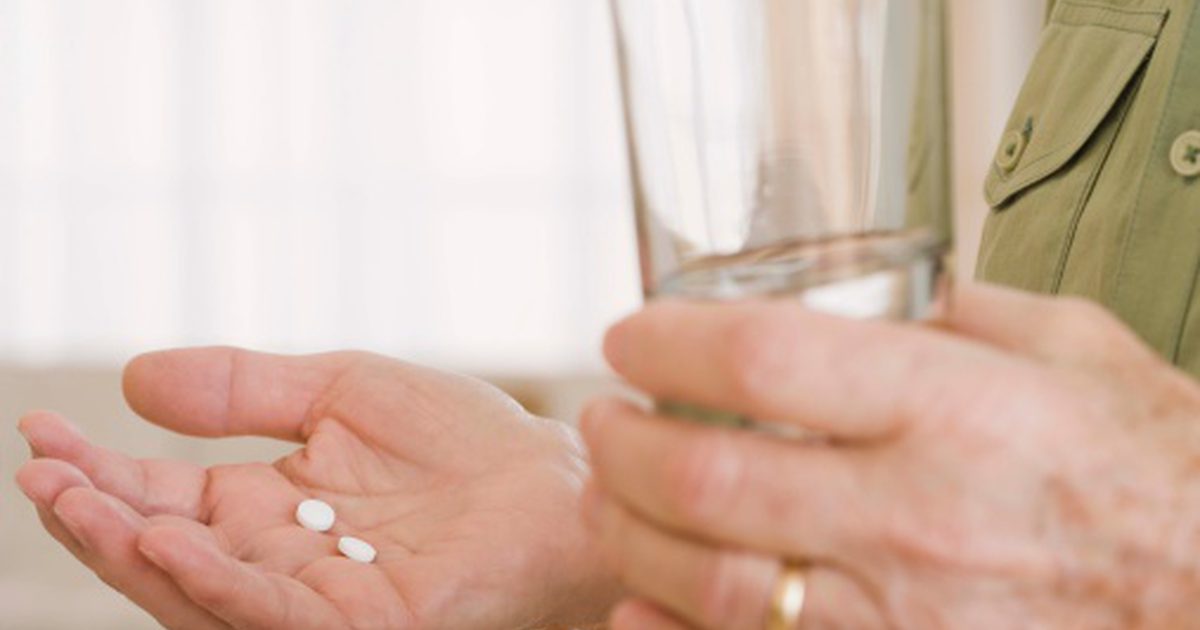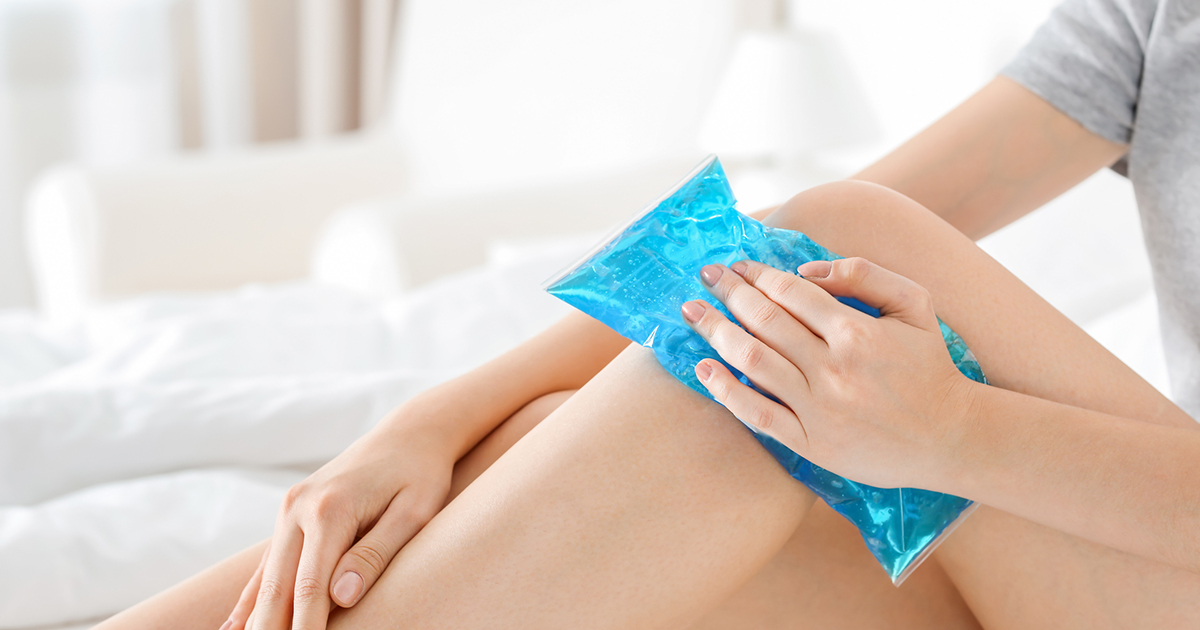How To Treat Poison Ivy & Other Rashes
Oral Antihistamines

Oral antihistamines are another treatment option to try if you need additional relief. There are several over-the-counter antihistamines available, but the two most common are loratadine and diphenhydramine. These treatments ease itching and reduce inflammation from the inside out. Diphenhydramine is often a preferred option for many at bedtime, as it has the added benefit of making you drowsy, which can help you ignore the itch and get better rest at night. However, you should avoid applying an antihistamine cream to the rash, as it may actually make the itching worse. If you need further recommendations of which oral antihistamines to try, ask a pharmacist for more advice on safe, effective options.
Continue reading to discover more treatment options for poison ivy.
Cool And Wet Compresses

Thoroughly cleansing your skin of the oil is your first line of defense against poison ivy. This step is essential, as the oil is actually what spreads the rash, not the oozing pus as most individuals think. Once you have gently washed the affected area with warm, soapy water, proceed to treat it with cool and wet compresses. This treatment will help reduce inflammation and minimize itching. It also keeps the skin from drying out, which can further irritate the affected areas. Compresses also help control any oozing areas.
